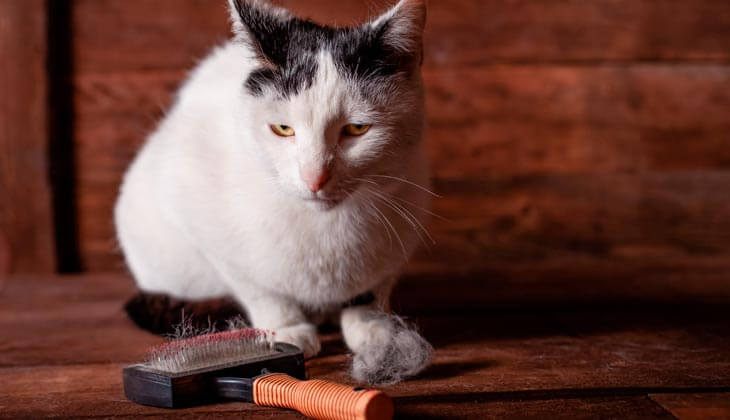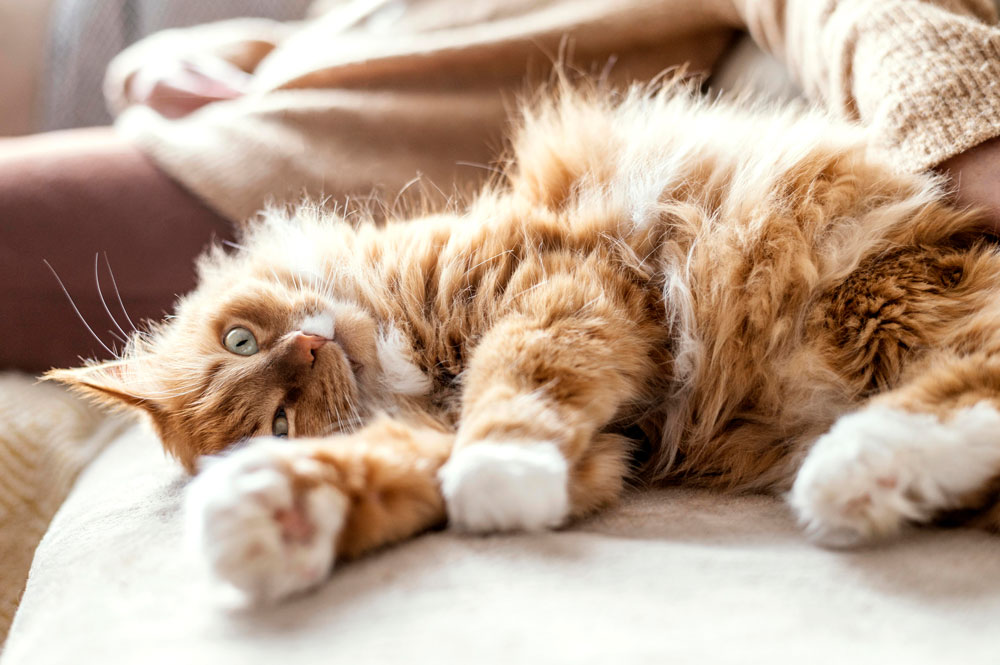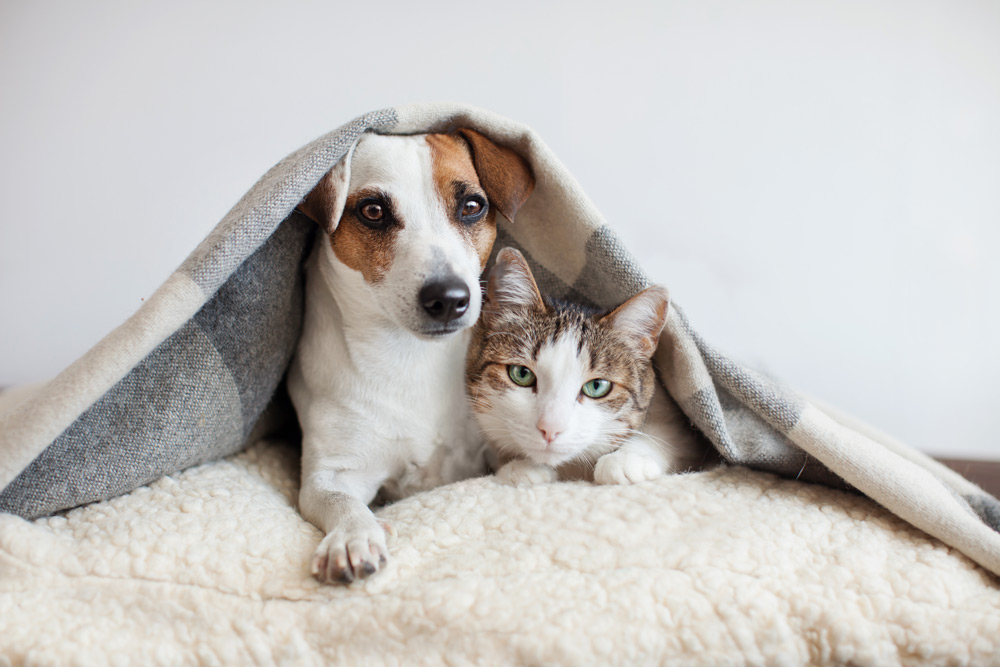As much as you love your cat, there is probably at least one thing you can do without – cat hairballs. The sound of your feline friend gagging and retching can be unnerving, and when your kitty finally spits up that scary-looking mass right on your floor, it’s pretty disgusting. The truth is, as unpleasant as it is for you, it’s not so great for your cat either! Read on for all the facts you need to know about the dreaded hairball.
WHAT IS A HAIRBALL IN CATS?
The technical term is trichobezoar, but whatever you call it, a hairball is a damp wad of undigested hair, moistened by bile and other digestive fluids. In fact, a hairball is rarely ball-shaped, but is usually slender and cylindrical, more like a cigar or a sausage, squeezed into that shape after passing through the narrow tube of your kitty’s oesophagus, on its way from the stomach to your floor.
It’s not uncommon for a cat to vomit a hairball every week or two, according to veterinarians.

HOW DO HAIRBALLS DEVELOP?
You have most likely seen your cat grooming. As cats groom, they swallow a lot of dead hair as it comes loose. Their rough tongue, which does such an impeccable job of keeping him or her clean, is also what propels the indigestible hair down their throats and into their stomach via tiny backward-slanted hook-like projections called papillae. While most of this hair eventually passes through the digestive tract and is excreted into your kitty’s litter box, some of it remains in the stomach and gradually accumulates into a wet clump – the hairball.
ARE CERTAIN CATS MORE PRONE TO HAIRBALLS?
Long-haired cats, such as Persians, seem to be more susceptible to hairballs, simply because they have more hair than their short-haired cousins. Hairballs may be more common when the weather is warm, as cats tend to shed their heavier winter coats. Some cats also tend to naturally groom more often than others, which makes them more likely to suffer hairballs.
ARE HAIRBALLS A HEALTH CONCERN FOR MY CAT?
Again, bringing up a hairball every week or two, is nothing to be concerned about. However, if you see or hear your cat retching, without actually producing a hairball, you should talk to your veterinarian. Other signs to watch out for include lethargy, loss of appetite and constipation. These might be indicative that instead of being regurgitated, a hairball has passed from your cat’s stomach into the intestine and is potentially creating a blockage somewhere in the digestive tract. It’s also possible that frequent unproductive hacking may actually be a sign of a respiratory ailment and nothing to do with a hairball at all.
You should also speak to your veterinarian if you see the number of hairballs start to increase, or if you notice your cat grooming more often than usual. This could be the sign of a larger skin condition – like fleas – for which you would want to seek medical attention.
To diagnose a possible intestinal blockage, your veterinarian will perform a physical exam, have bloodwork done to check the functionality of liver and kidneys, and may need to perform diagnostic tests like an ultrasound or x-ray. Your vet will also want a complete history of your feline friend’s hairball habit.
Looking for a Vet?
Your veterinarian plays a big role in your pet’s health. Input your location information and get a list of veterinarians near you.
Find A Vet Near MeHOW CAN I PREVENT HAIRBALLS?
There are a few ways that experts recommend for you to manage cat hairballs and their potential complications.
- Grooming. If you can get your cat used to it, regular brushing sessions are a good way to reduce the amount of loose hair your cat will ingest through self-grooming. Remember, your brushing won’t keep your furry feline from self-grooming, but it can help, and it has the added benefit of being a bonding activity for you and your four-legged friend! Of course, if your cat resists brushing, you can take him or her to your veterinarian or to a trusted groomer for a haircut once or twice a year, which is also helpful.
- Remedies. You can give your cat a hairball remedy by mouth once or twice a week. This is usually a mild petroleum-based laxative. Also, food choice in general is important in reducing hairballs. You might want to look for foods that are naturally high in fiber because these will help move hair through your cat’s digestive system.
- Keep your floors clean. Little things like thread, paper-clips or twist-wraps, for example, are small enough for your cat to swallow, but can be dangerous if they are ingested.
As much as you may not like the sight of your cat retching up a hair ball, the most effective things you can do are to take measures to manage hairball production and most importantly, pay attention.







 Go To United States
Go To United States Austria
Austria Belgium
Belgium Czech Republic
Czech Republic Denmark
Denmark Europe
Europe Finland
Finland France
France Germany
Germany Greece
Greece Hungary
Hungary Ireland
Ireland Israel
Israel Italy
Italy Netherlands
Netherlands Norway
Norway Poland
Poland Portugal
Portugal Romania
Romania Slovakia
Slovakia Spain
Spain Sweden
Sweden Turkey
Turkey United Kingdom
United Kingdom